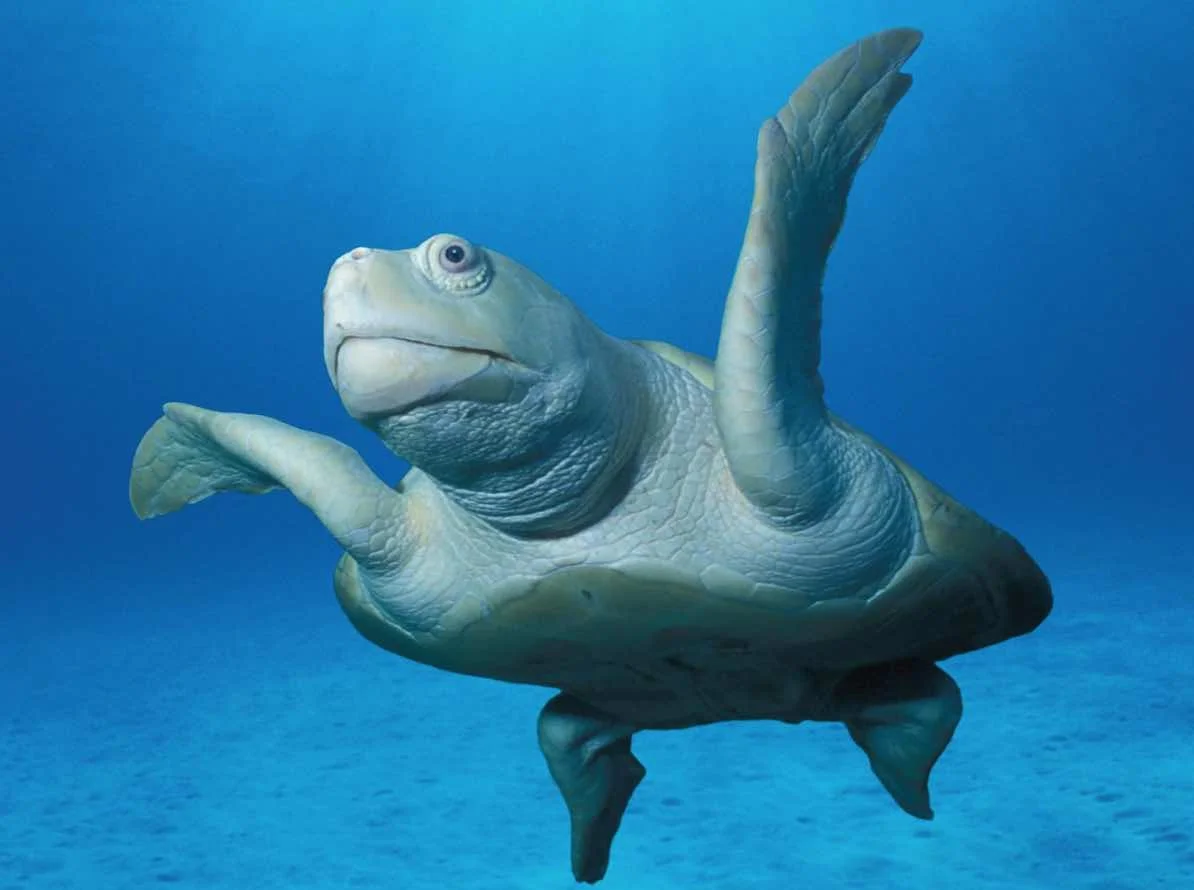Green turtles are among the most iconic species in the Hawaiian Islands, and they have been the subject of scientific study for more than four decades. Extensive research on the Hawaiian green turtle population has enabled us to observe changes in Hawaiian green turtle nesting distribution that may suggest the foundation of a new, distinct nesting population, thus offering a unique learning opportunity.
Read MoreOn St. Catherines Island, Georgia (U.S.A.), three geologists involved in sea turtle conservation—have been documenting the deterioration of sea turtle nesting habitat caused by sea-level rise since 1998. The extreme shoreline changes on St. Catherines Island produce difficult conditions for nesting loggerhead sea turtles and challenge conservation efforts; however, these conditions also create an opportunity to develop, evaluate, and optimize conservation methods on this sentinel island.
Read MoreA species being listed under the Endangered Species Act is like a patient being taken to a hospital emergency room. The patient has become so ill or has been so critically injured that immediate and serious action is necessary to ensure his or her survival. 6 species of sea turtle are listed under the ESA, which has many implications for their conservation.
Read MoreThe coastline of Los Cabos is already highly developed, and coastal hotels and resorts have grown an additional 15 percent since 2009. While poaching and bycatch are significant threats to sea turtles in the region, coastal development and its impact on nesting beaches pose the greatest threats.
Read MoreIn the Pacific Ocean, leatherback turtles routinely make epic journeys of tens of thousands of miles between tropical breeding areas and frigid-water feeding areas. A newly completed, multiyear satellite tracking study provides the best picture yet of the jaw-dropping migratory abilities of these animals.
Read MoreWhat’s the connection between marine turtle grants and postage stamps? In this time of increased need for support of sea turtle conservation, Americans can now easily help turtles and many other much-loved species … by simply buying a postage stamp.
Read MoreThe intense need that the 2010 BP Oil Spill presented for wildlife response brought together scientists, conservation workers, and rehabilitation specialists from around North America. Here are two accounts of these response efforts from the inside, as given by Blair Witherington and T. Todd Jones.
Read MorePublic murals in Mexico have long served as platforms for social commentary and transformation. Building on this tradition, the sea turtle conservation community of the Baja California peninsula has turned to public murals to help shape pro-environmental attitudes and behaviors.
Read MoreAlthough green turtles swim in nearly all the world’s oceans, nest on sandy beaches around the globe, and migrate vast distances between feeding and breeding areas, a curious population of green turtles calls only the Hawaiian Islands home.
Read MoreMore than 80 percent of the world’s truly wild locales are home to indigenous peoples. Many nations with these locations are rising to the challenge of diminishing oceanic resources by pairing traditional protections with new tools and strategies.
Read More









